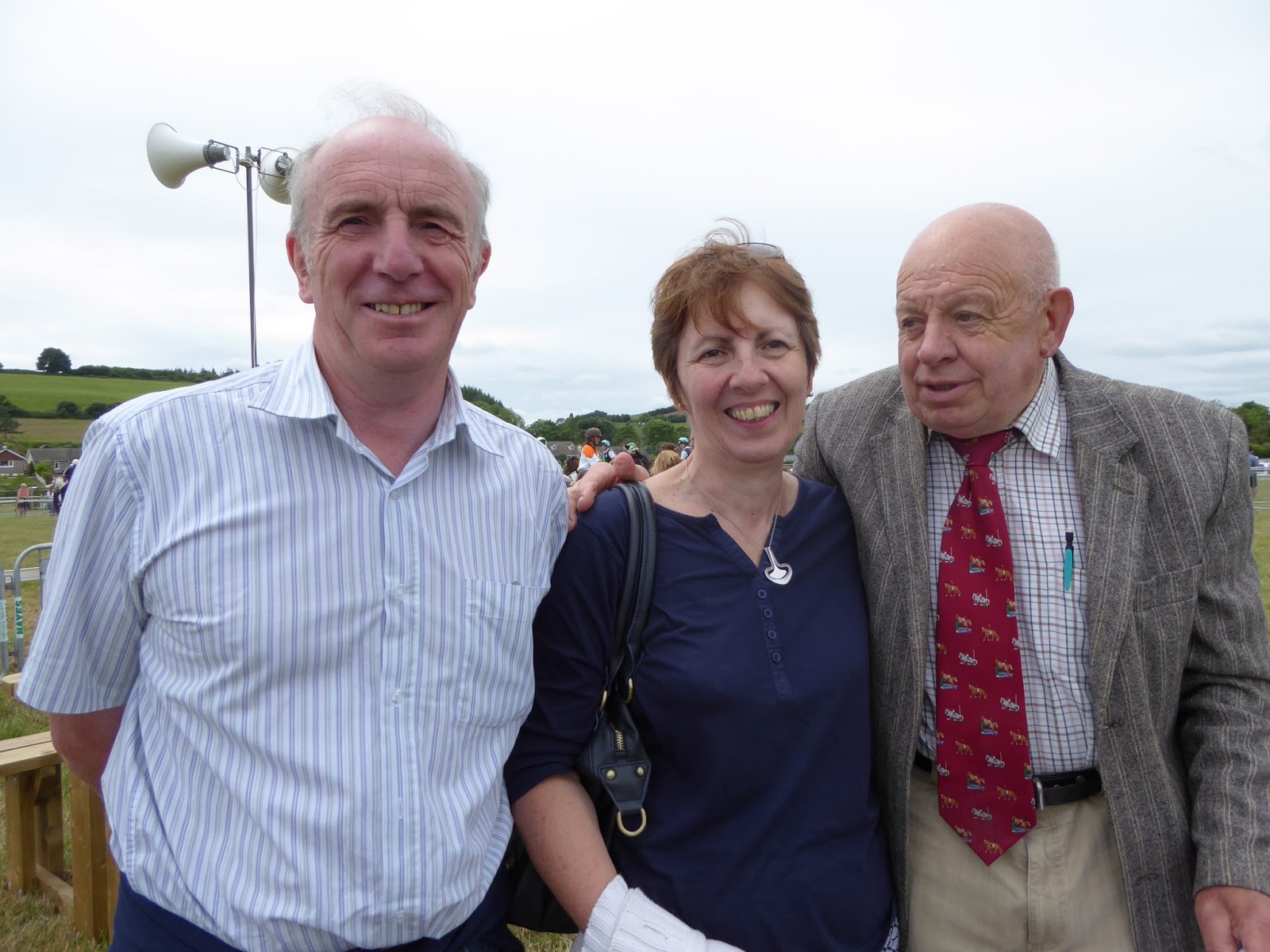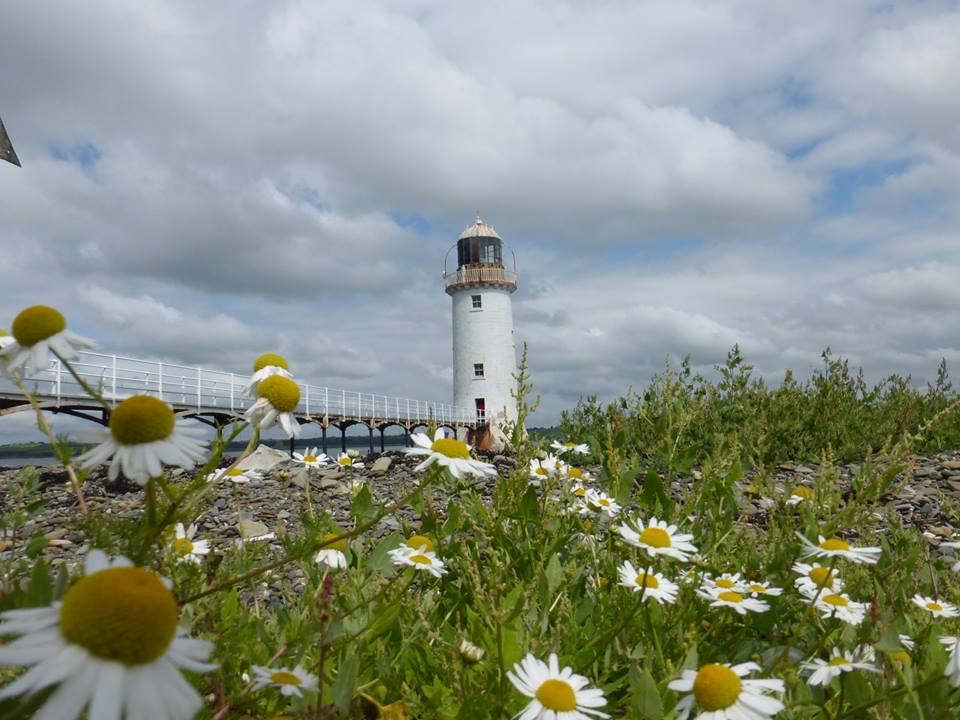
Ita Hannon took this super shot of Tarbert Lighthouse.
<<<<<<
Enduring Love
Couples coming and going in Listowel last week
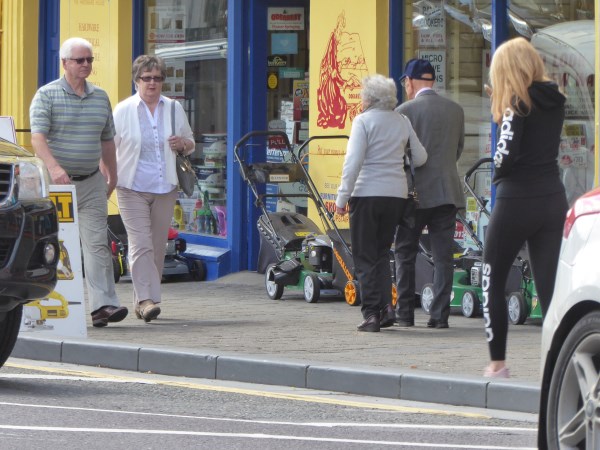
<<<<<<
Aileen Returns as a Visitor
Thirty years ago a recently qualified young teacher made her way to Listowel to take up her new teaching post in Presentation Secondary School, Listowel.
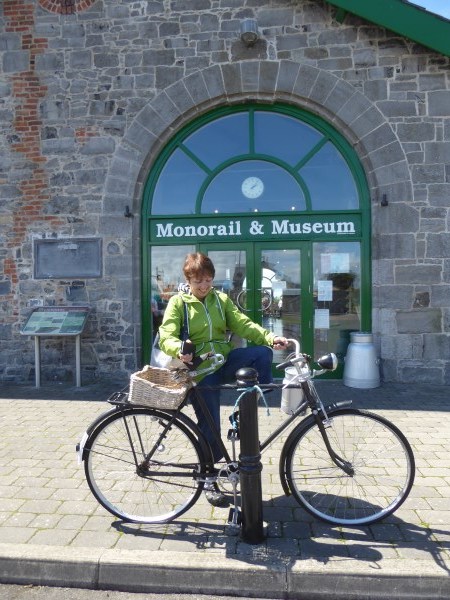
Aileen Hayes did not arrive in town on a bike but when she returned recently and we visited the Lartigue she posed with their bike.
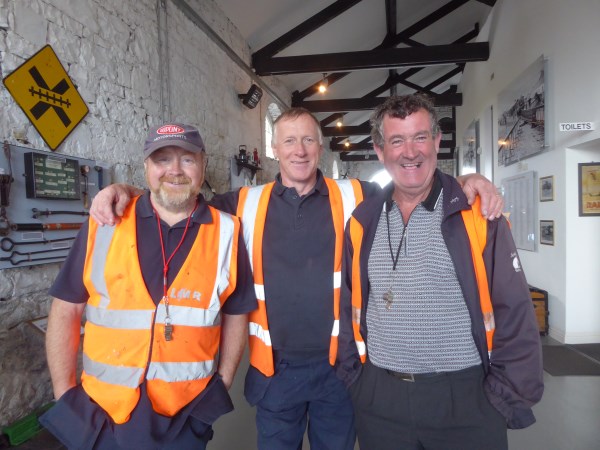
These volunteers were on duty on the day we visited.
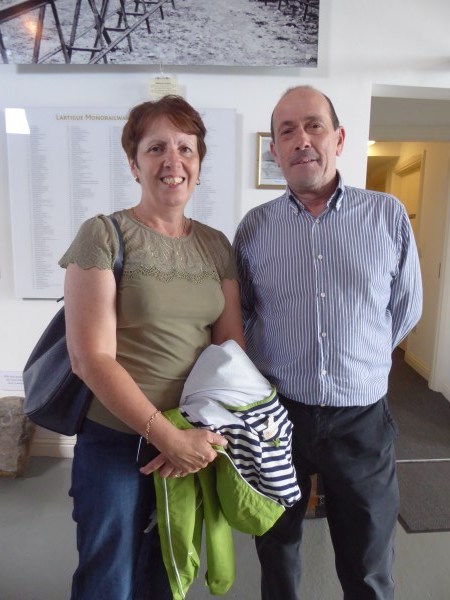
During the six years she lived in Listowel, Aileen took part in several Lartigue Theatre productions. Martin Griffin was a star of these shows. She met him on her return visit in his new role as stationmaster of the Lartigue.
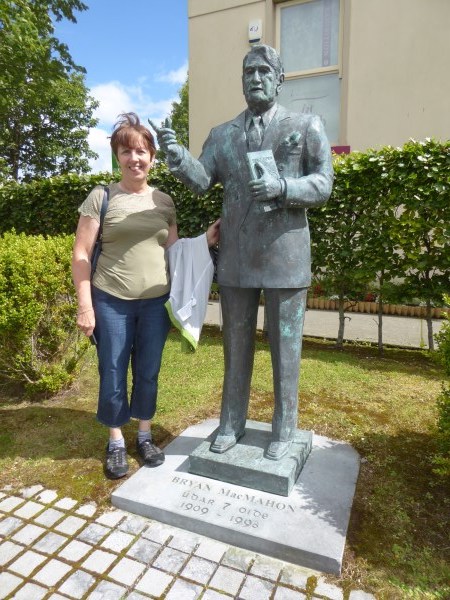
When Aileen arrived in town for the first time in 1978 she was dismayed to find that there was no accommodation to be found. The fleadh cheoil was in full swing and every bed in town was occupied. Aileen and her dad were wandering the streets in despair when they ran into Bryan MacMahon. They told him of their plight. Bryan invited them into his home and he made a few phone calls on their behalf. Bryan found Aileen a bed for the 2 nights until things had quietened down and the fleadh crowds had departed. Aileen never forgot the great man’s kindness to her in her hour of need. She got to know The Master better when she came to work and live in town and whenever she ran into him in the street he always stopped for a chat and a catch up. So, on her recent return visit, Aileen was happy to pose for a photo with her first Listowel friend.
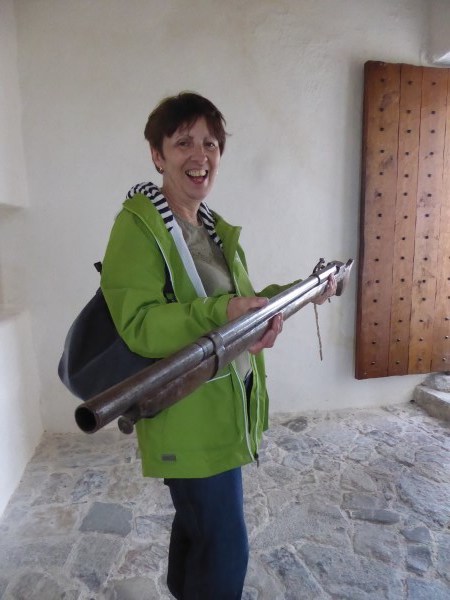
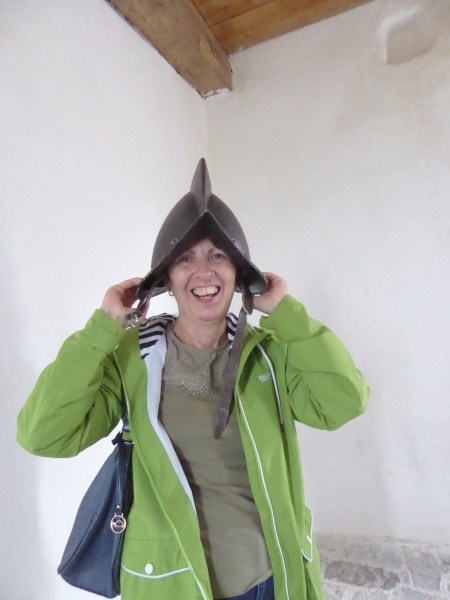
We took the tour of the castle with Dianne Nolan.
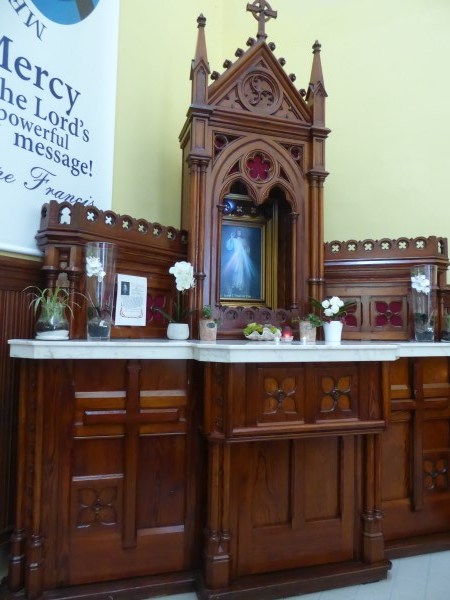
Aileen was fascinated by the reworked confession boxes in St. Mary’s. She hadn’t seen anything like this before.
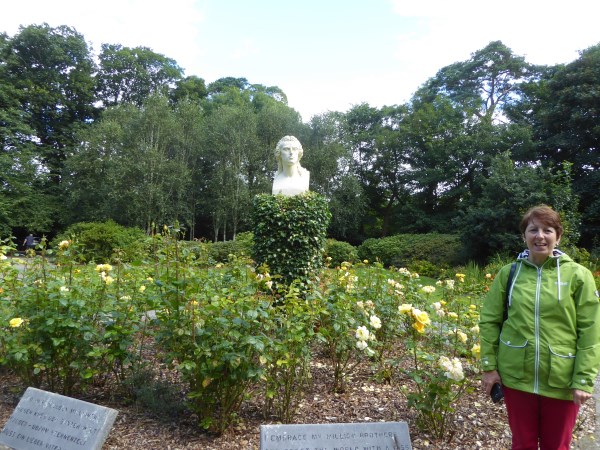
We visited the Garden of Europe.
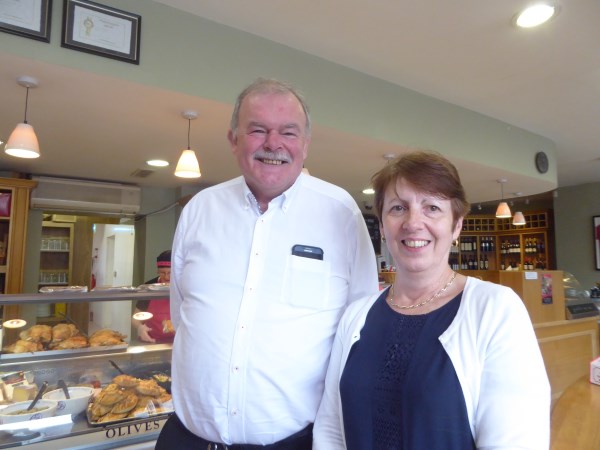
When she lived in Listowel, Aileen lived in Church St. in a house owned by Pierse Walsh. Pierse invited myself and Aileen for a coffee and a scone in his lovely welcoming Café Hanna and they reminisced about times past and the changes in both their lives in thirty years.
<<<<<<
When a whole generation was wiped out…
Dunkirk ………Despite staggering
losses, the airmen clambered aboard their woefully outclassed Fairey Battles
and Bristol Blenheims again and again to embark on doomed missions to stem the
German advance.
This
culminated on May 14 when the RAF launched a series of desperate raids around
Sedan to aid their French allies and attempt to destroy key bridges being used
by the Germans.
The
results were catastrophic.
Of 71
aircraft, 39 were shot down, the worst reversal of its type in the history of
the RAF.
Wireless
operators Michael Millar, from Dublin, and William Nolan, from Rathkeale, Co
Limerick, both died that day in Fairey Battles; wireless operator Patrick
Aherne, from Youghal, Co Cork, went down in a Blenheim.
The RAF
continued to go out.
Five days
after Sedan, pilot officer Jimmy McElligot, from Listowel, Co Kerry, took his
Fairey Battle out to bomb targets in the Ardennes.
As he
carried out the mission his aircraft was swarmed by no less than six Me109
fighters.
Despite
putting up stiff resistance, the result was inevitable.
The
battle came down in a wood, and Jimmy died from his injuries.
<<<<<<<
Sr. Roch Kissane
The Kissanes are gathered this weekend to celebrate their family. This illustrious clan are to the forefront in business and education today. Their ancestors were farmers who, from a farm in North Kerry, send its offspring far and wide to be leaders of their communities in the U.S. and Australia.
One of these famous offspring was Sr. Roch Kissane.

It was my great privilege to meet Sr. Roch in her later years..a truly extraordinary woman.

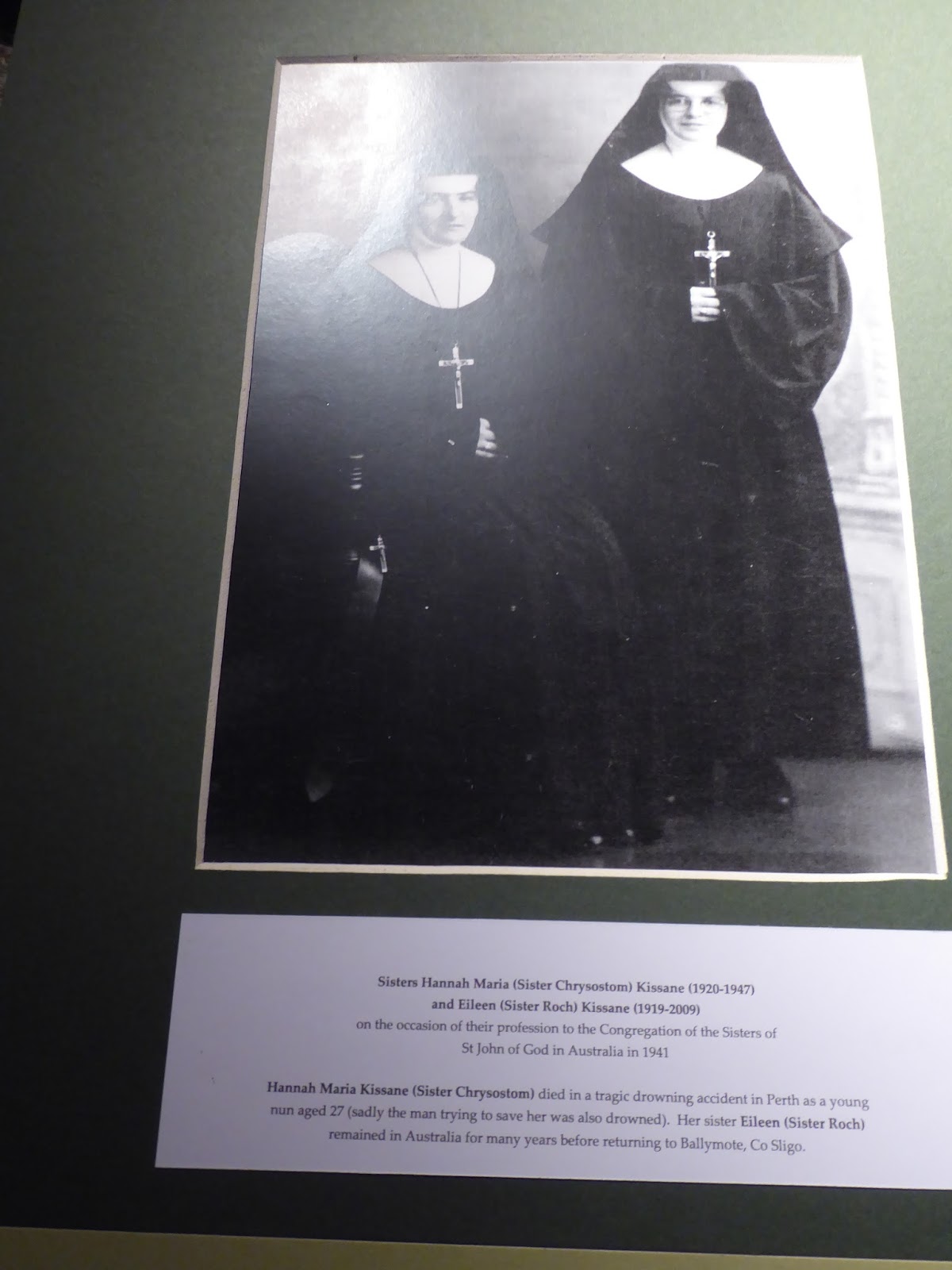
This is Sr. Roch with her sister in religious and real life, Sr. Chrysostom. A huge tragedy that befell Sr. Roch early in her life in her new home, Australia, was the tragic death of her sister. Hannah Kissane was drowned while swimming at a beach near their convent. A local man and his son who were in the water nearby made valient but vain attempts to save her. That man was also drowned. His son kept in touch with the Kissane family and came to visit them years later when on a trip to Ireland.
<<<<<<<
It was Roses Roses All the Way
On Tuesday last, Aug 15 2017, I was planning on taking my young visitors to their favourite Kerry visitor attraction, The Kingdom Greyhound Stadium.
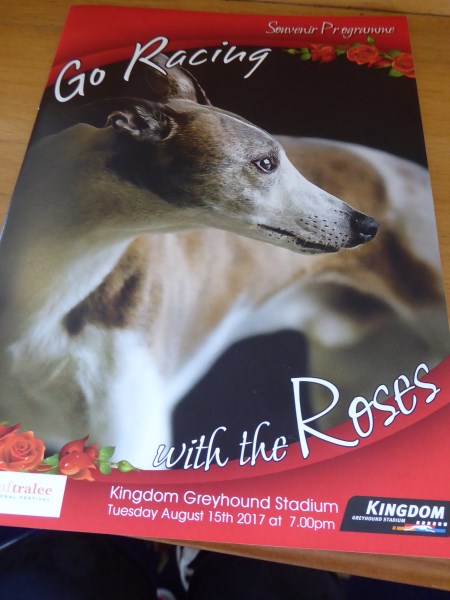
This was no ordinary night at the track as the Roses were to attend. We got to town early and learned, by chance, that the Roses were due at the Rose Hotel at 4.00 p.m. We took a stroll through the park, which was looking resplendent in preparation for the festival, and we called to look at the new mural.
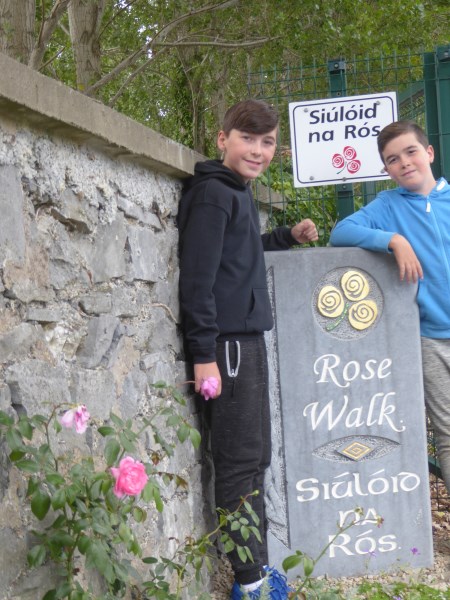

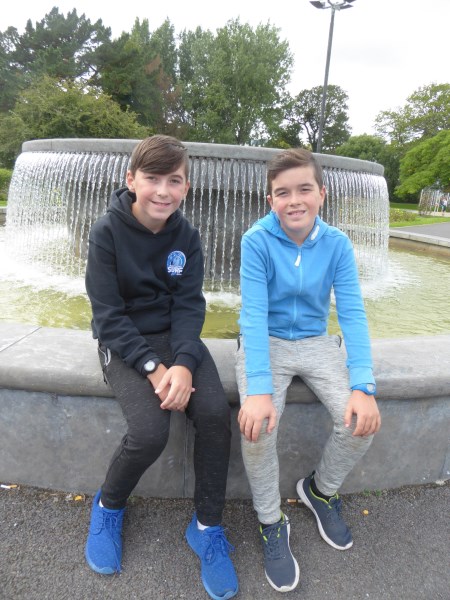
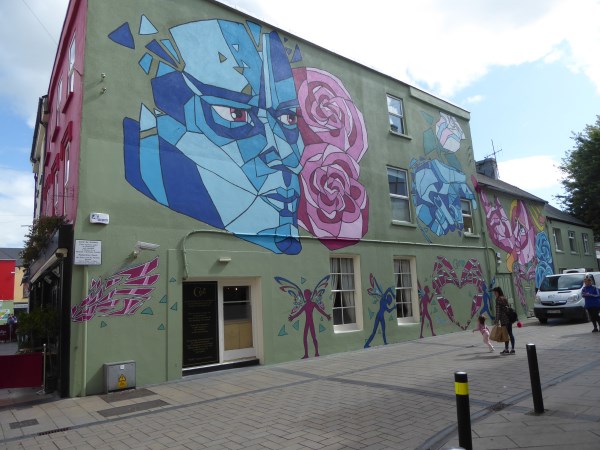

Along the way I told the boys something of the history behind the festival. I told them the two sad stories, of Mary the inspiration for the song and of Dorothy, the 2011 Washington Rose who died so young.
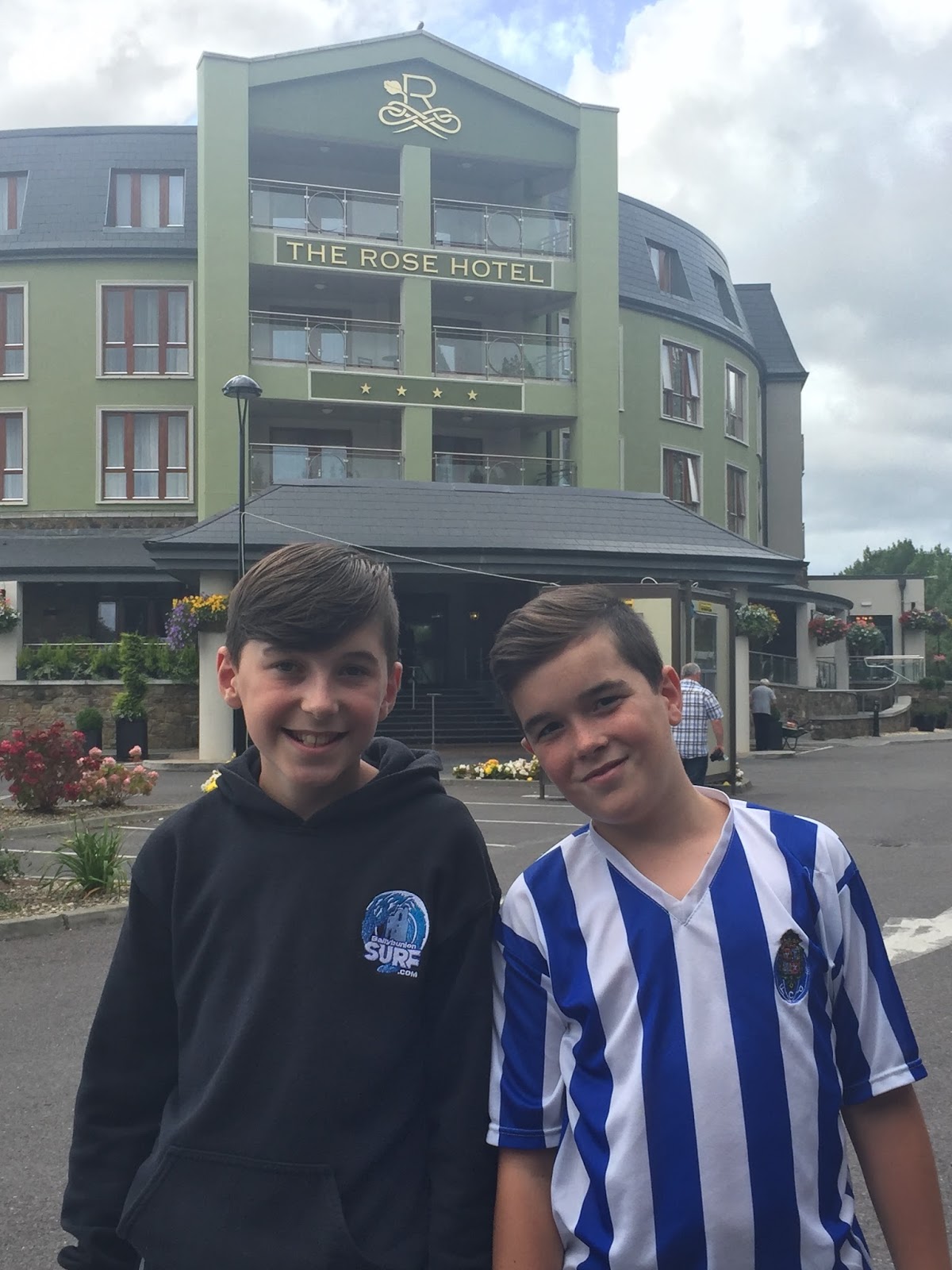
We headed back to the hotel in good time to get a good viewing point for the entrance of the lovely girls. The Texas delegation had a huge charm offensive going on. They plied us with flags, badges and keyrings. My two young charges were sorely tempted to change allegiance. I had to remind that the Florida Rose was the Rose with the Listowel connection.

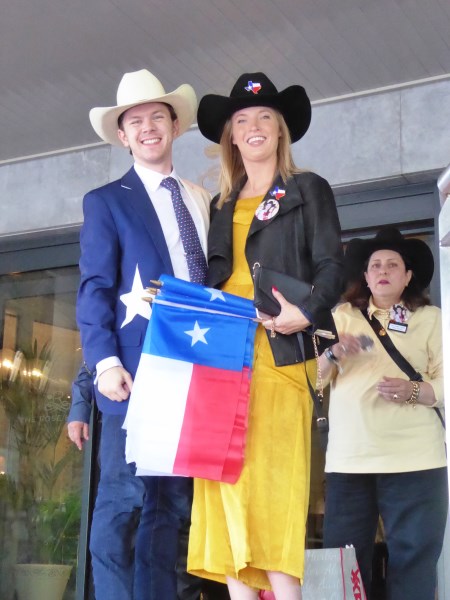
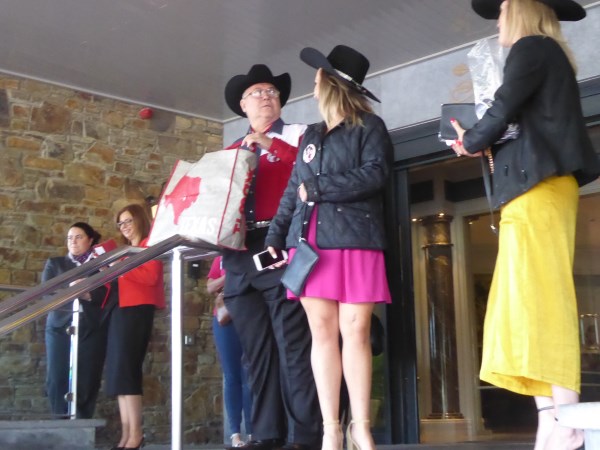
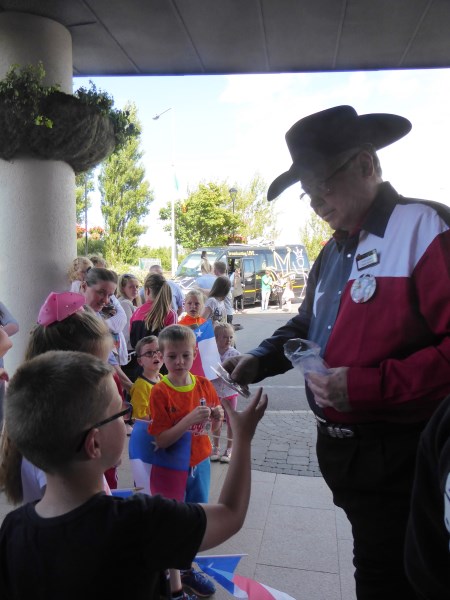
The Texas Rose’s dad, Mr. O’Lopez himself gave every child a token and soon he had a crew of local children holding his big banner and waving Texas flags. In the battle of the fans, Texas won hands down.
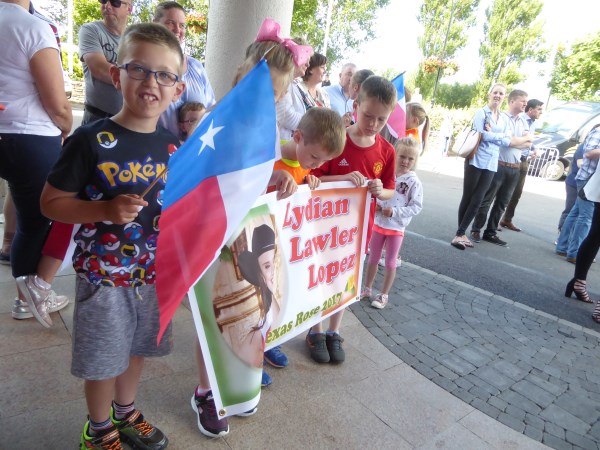
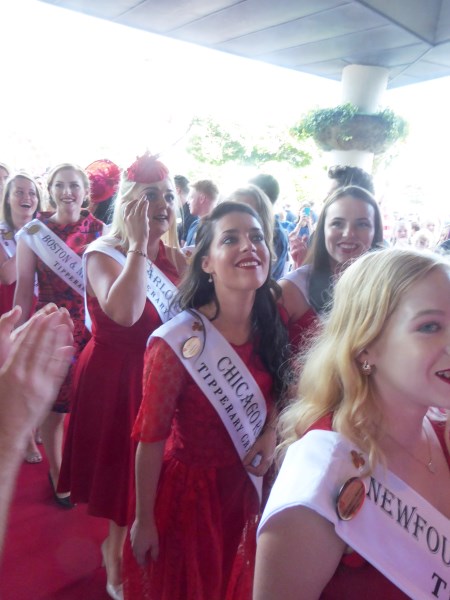
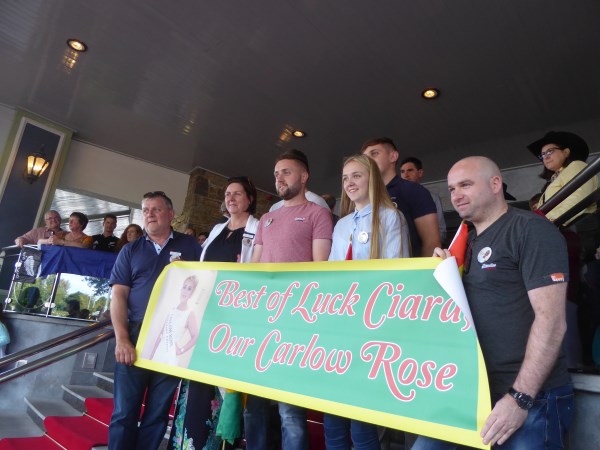
The Carlow Rose wiped away a tear as she spotted her crew with their massive banner. The girl in front of her in my photograph is Teresa Daly from Kanturk who is the Chicago Rose.
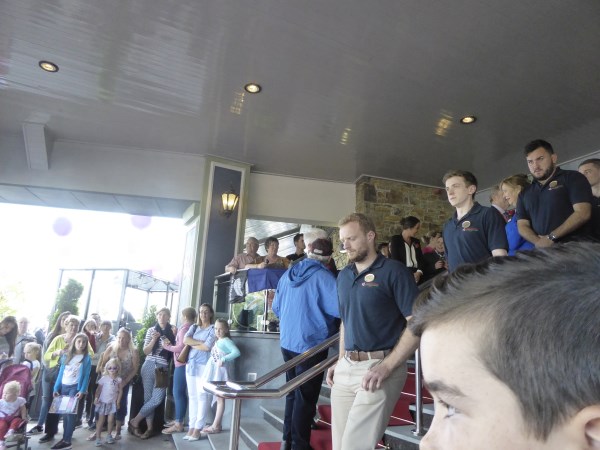
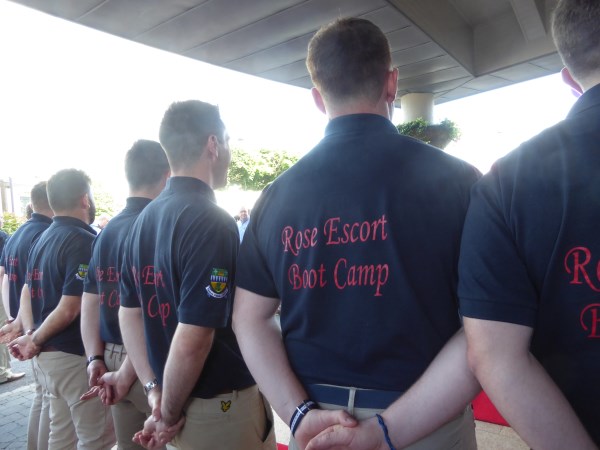
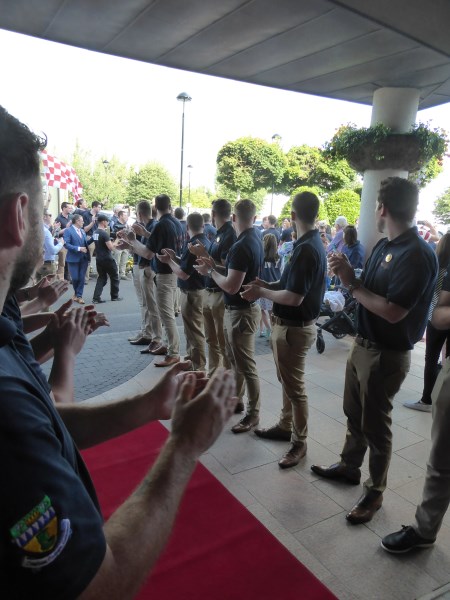
There was something unsettlingly military about the uniformed ranks of young men forming a guard of honour as the Roses entered.
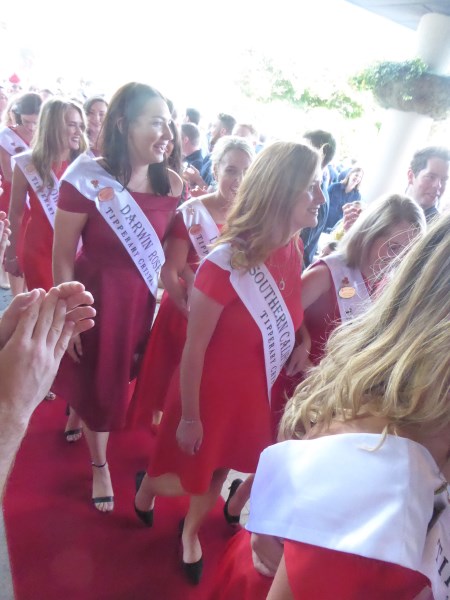
The Roses also wore a uniform of red dress and black shoes.
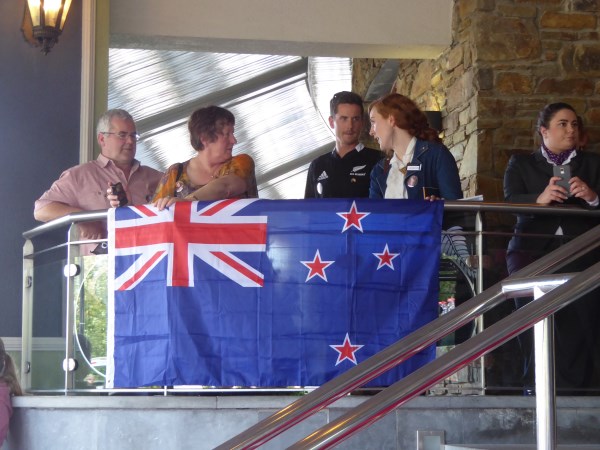
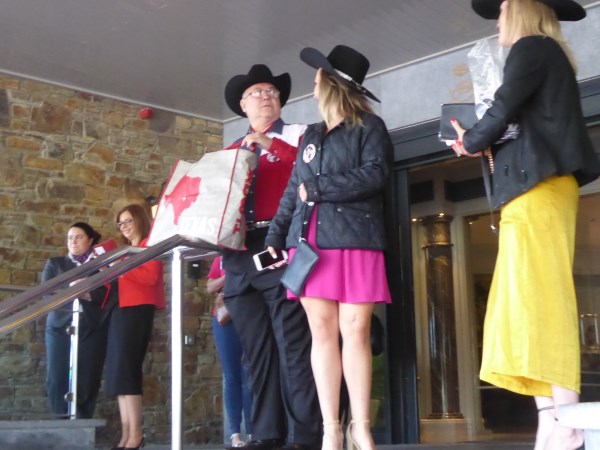
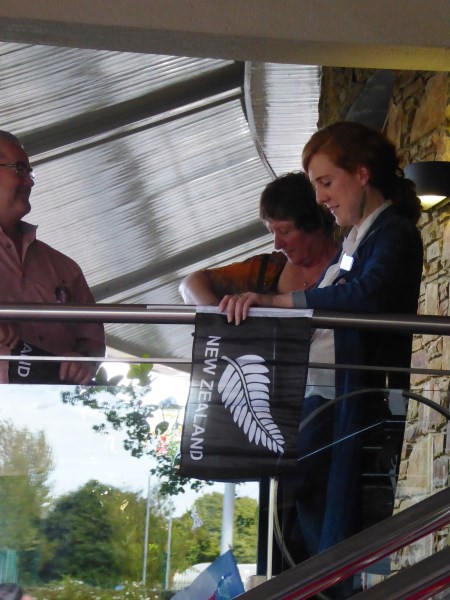
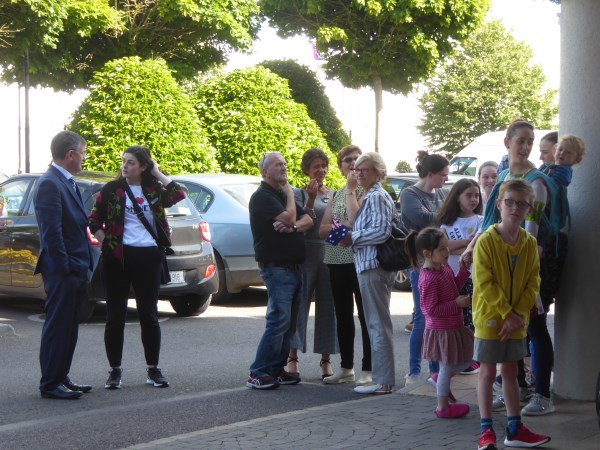
Family and friend cheered and applauded.
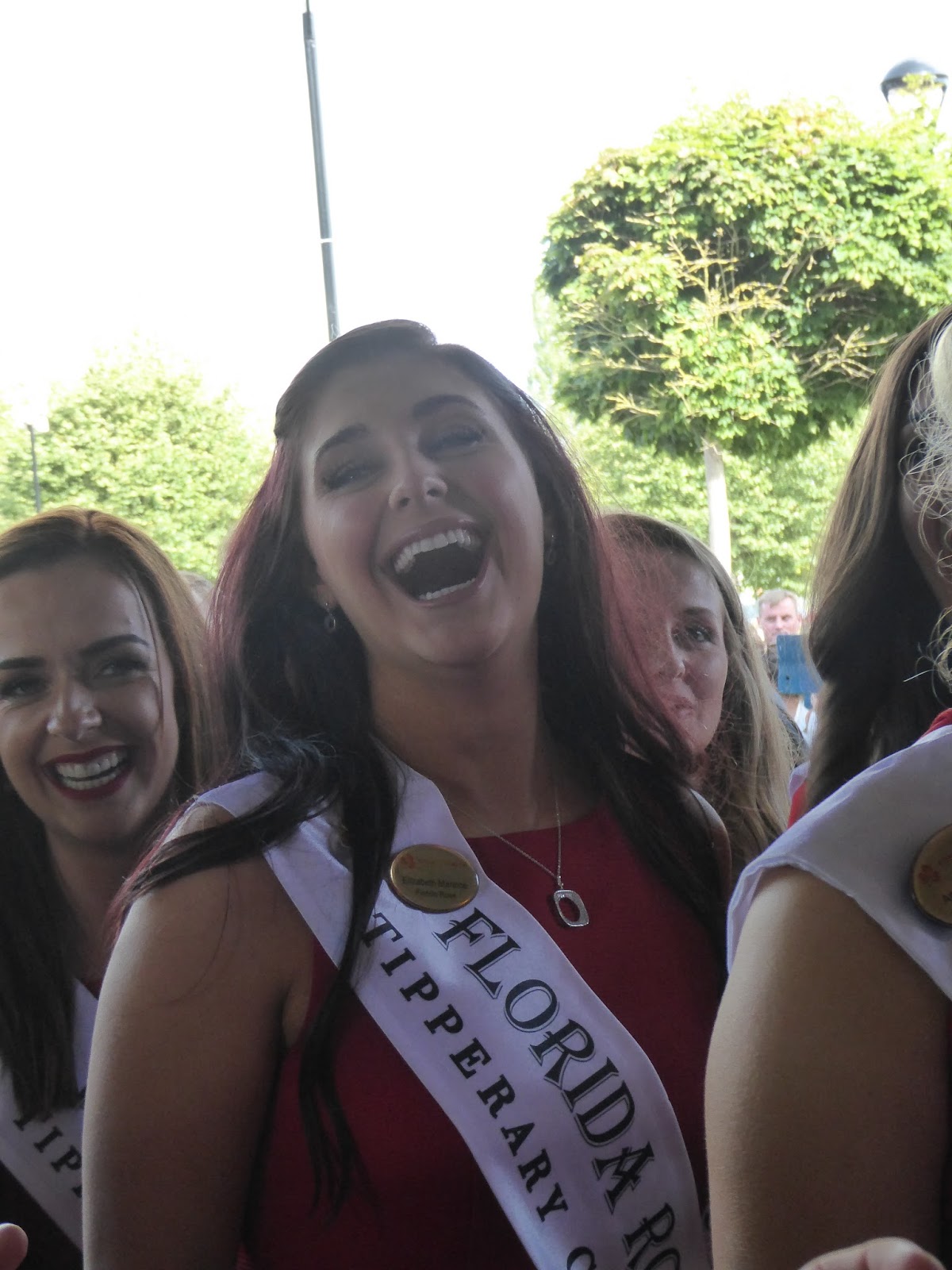
Then we spotted her. Our very own Listowel connection, Elizabeth Marince, proud granddaughter of Tom O’Donoghue of Tannavalla, delighted to be back in Kerry doing her Listowel family proud.


